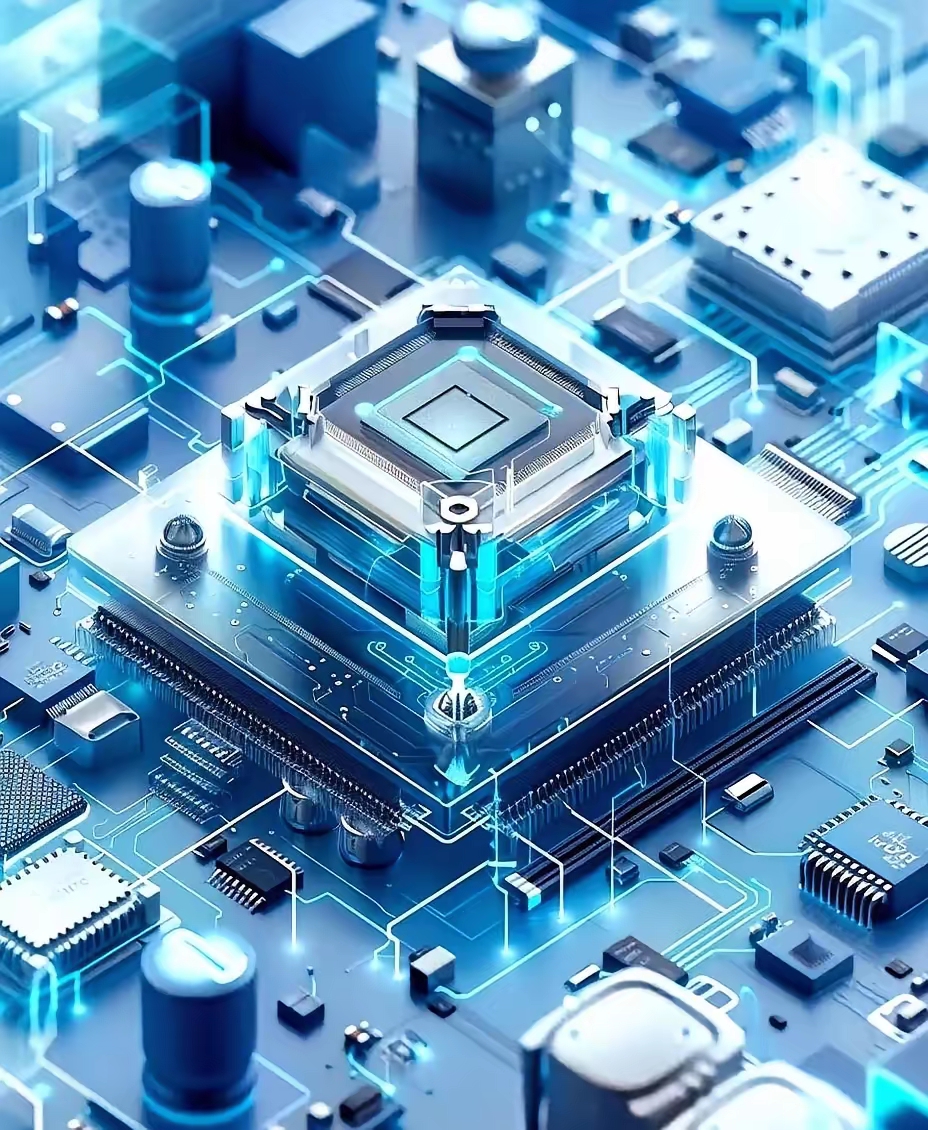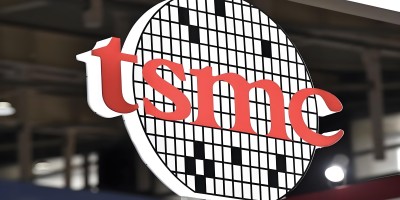According to the latest survey by TrendForce, AI inference applications are driving the transformation of the storage market structure. As the average price per GB of HDD rose from $0.012 - $0.013 to $0.015 - $0.016, the cost advantage weakened, prompting NAND Flash suppliers to accelerate the development of large-capacity Nearline SSDS.
In terms of technology, NAND Flash is developing towards over 200 layers through 3D stacking. We are actively investing in the production of ultra-high-capacity Nearline SSDS such as 122TB and even 245TB. It is expected that 2Tb QLC chips will gradually increase in production by 2026 and become a key factor in reducing costs.
In terms of performance, SSDS achieve IOPS hundreds to thousands of times that of HDDS in AI inference, with latency at the microsecond level, far lower than the millisecond level of HDDS. The power consumption per TB is also significantly lower, which can save considerable electricity, cooling and space costs for data centers in the long term.
This trend brings new growth momentum to NAND Flash suppliers. Manufacturers are shifting their investment focus to high-density QLC products, not only to meet current demands but also to aim for the dominance of future data center storage architectures. Although HDD still has room for cost reduction after completing the HAMR technology upgrade, NAND Flash is expected to continue to expand its market share in the AI storage field due to its rapid cost decline and capacity flexibility.
The global supply of NAND flash memory is tight. Prices are expected to rise by more than 20% and the shortage will continue until next year.
The demand from cloud service providers (CSPS) and AI data centers is driving a simultaneous shortage of multiple categories in the storage market. Adata Chairman Chen Libai pointed out that currently, the supply of DDR4, DDR5, NAND Flash and hard disks is all tight. Among them, the shortage of NAND Flash is expected to last until the first half of next year.
The price shows a clear upward trend. With Samsung, SK Hynix and Micron discontinuing DDR4, the price increase of DDR4 will lead all types of products. The new contract price of South Korean brands is expected to increase by 20% to 30%, and TrendForce also predicts that the price of NAND flash memory will rise by 5% to 10% quarter-on-quarter in the fourth quarter of this year.
Inventory data reflects tight supply. Chen Libai disclosed that the upstream inventory of memory in the fourth quarter remained at only about two weeks' level, a rare low in over a decade. Adata plans to increase its inventory from approximately NT $10 billion to NT $20 billion to address the shortage.
With the demand side remaining strong, Kioxia expects the annual growth rate of NAND storage demand from AI data centers to be approximately 20%, and plans to double the storage capacity of its factories in the north and Yokkaichi within five years. This round of recovery is driven by both AI infrastructure investment and the traditional server replacement cycle. The imbalance between market supply and demand is expected to persist in the coming quarters.
Disclaimer: The article is sourced from the Internet. In case of any dispute, please contact customer service.
- Prev:Solid-state batteries double the battery life
- Next:None



